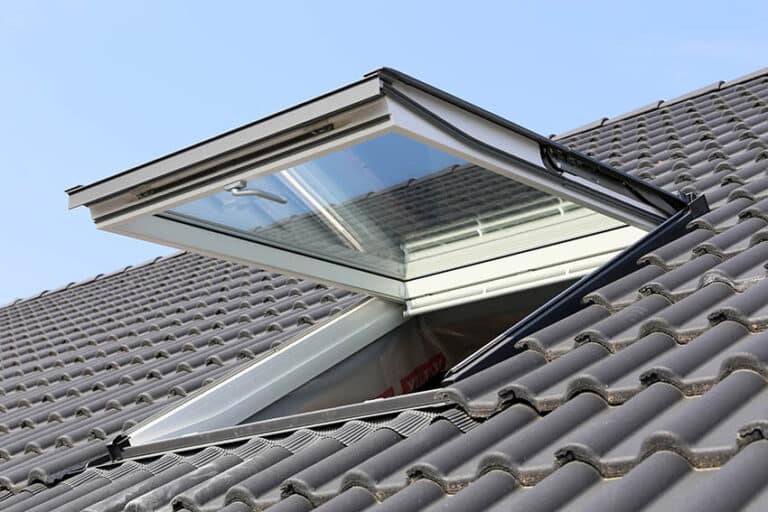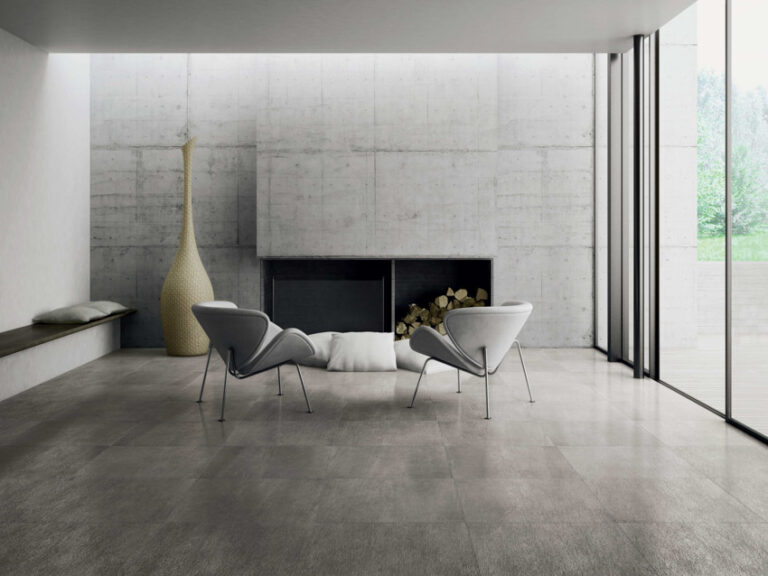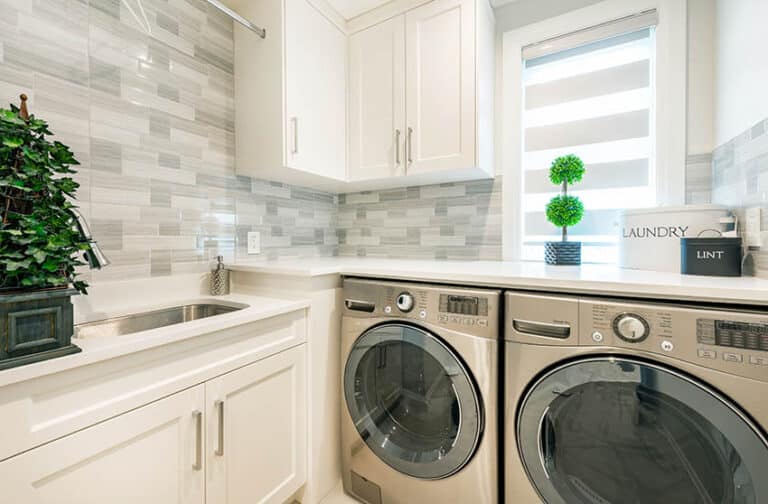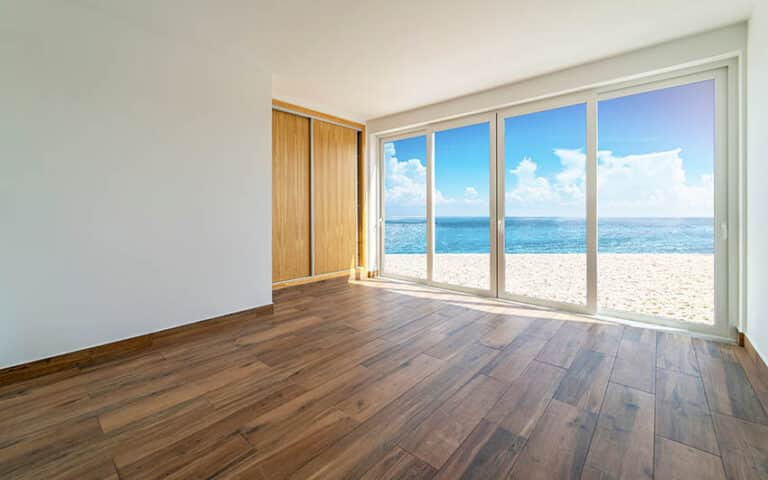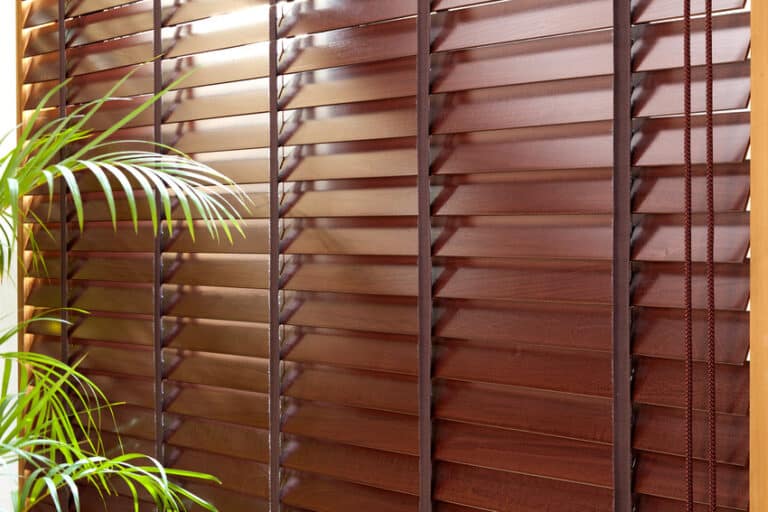Nylon Carpet Pros and Cons
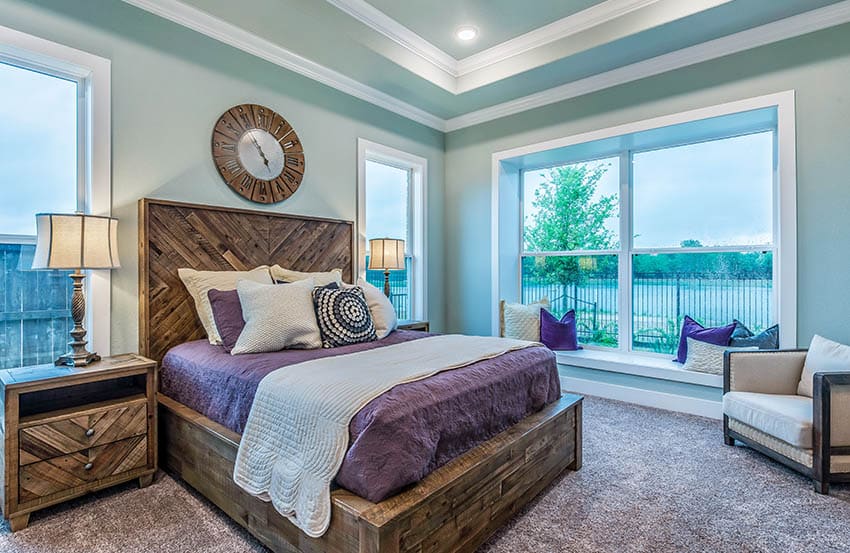
When it comes to carpeting, nylon is the belle of the ball, the most popular and ubiquitous choice. While it comes at a slightly higher price point than other synthetic carpet materials, this investment pays off over the long term.
Nylon carpets are some of the strongest, most stain-resistant, and low-maintenance carpets available on the market today.
Nylon Fiber Carpet Advantages
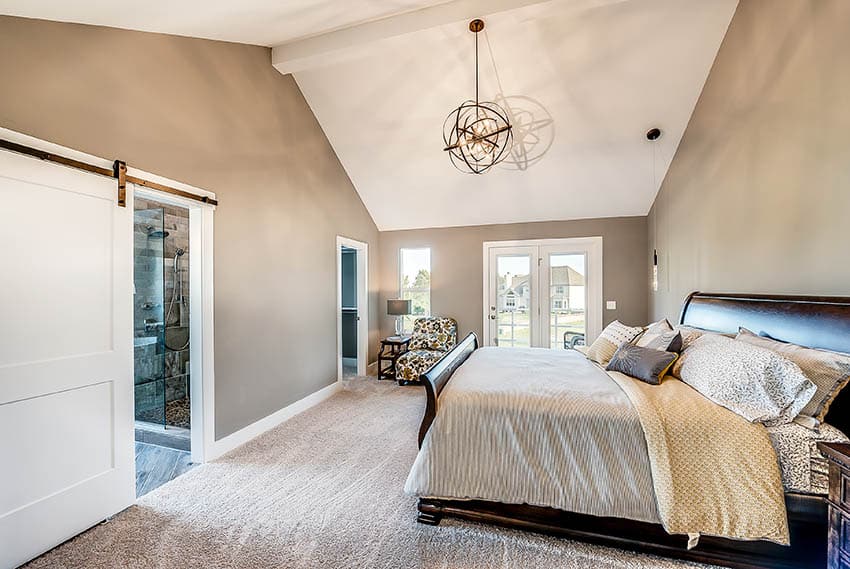
There are many strong advantages to nylon carpets.
Strength & Durability – To compare the durability of fibers, a measurement called ‘abrasion resistance’ is used.
Abrasion resistance measures the ability of the fiber to maintain its integrity when it comes into contact with another surface (such as the bottom of your foot, sliding furniture, or rolling children’s toys.) In abrasion resistance tests, nylon fibers perform better than polyester or olefin fibers.
Another measure of durability is called ‘retention’, or the ability for the fibers to hold their shape under compression.
Nylon has the best retention of any synthetic carpet fiber, which is one of the reasons it’s so long-lasting. Polyester and olefin are notorious for crushing and fraying under foot traffic, leaving tell-tale signs of wear and tear and necessitating replacement. Thanks to its high retention properties, nylon is resistant to crushing and fraying damage.
If durability is your highest priority, look for a twisted loop nylon carpet. These incredibly tough carpets won’t show footprints or vacuum tracks, repel stains and water, and can be counted on to look great for at least fifteen years, with regular vacuuming and yearly steam cleaning.
Stain Resistance – Untreated nylon is an absorbent material, making it receptive to dyes during the manufacturing process. As a result, nylon carpets are available in a wide variety of colors and patterns.
But once the carpet is on your floor, this absorbency would be a liability, leaving the carpet vulnerable to spills and stains.
To counteract this manufacturers treat their nylon carpets with stain resistance boosting chemicals, which repel liquid, dirt, and dust. Read more about carpet colors that don’t show dirt here.
Nylon carpets treated for stain-resistance will stay cleaner for longer than their polyester or olefin counterparts, leaving you free to enjoy your carpet without fussing over normal wear and tear. In terms of stain-resistance, nylon outperforms even expensive and high quality wool carpets.
Maintenance – Nylon fibers contain hydrogen molecules, which are responsible for the exceptional ability of nylon carpet to bounce back, also known as ‘resiliency’.
While the hydrogen molecules will lose this resiliency over time, they can be refreshed and revived through exposure to steam. Thus, when you steam clean a nylon carpet, you’re not just removing dirt and dust, you’re actually returning your carpet to it’s pre-installation state.
All synthetic carpets require steam cleaning at least once a year. But only nylon carpets are actually rejuvenated by the process.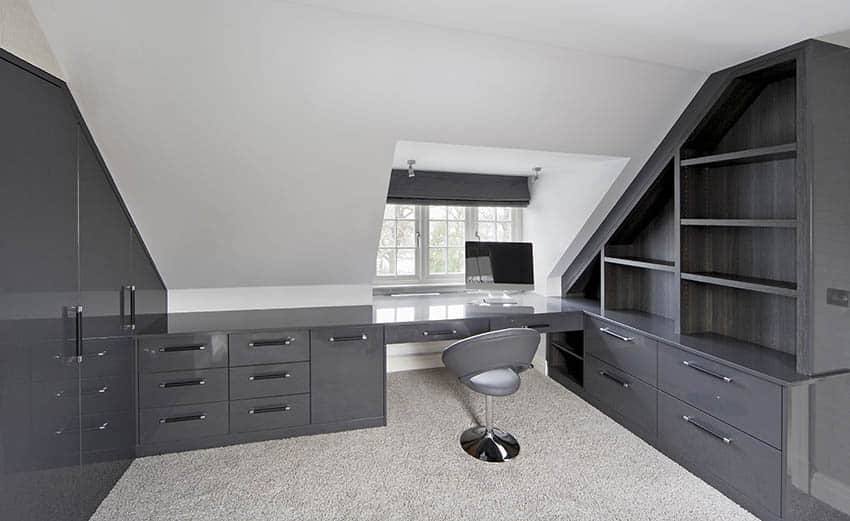
Nylon Material Carpet Drawbacks
While nylon carpet is prized for its low maintenance requirements, resistance to stains, and exceptional durability, there are a few drawbacks to consider before finalizing your decision.
Cost – Nylon carpet is much less expensive than a natural premium fabric such as wool, which generally costs $4-12 per square foot.
However, it is among the more expensive synthetic options. Polyester carpets can often be sourced at $1-3 per square foot, while olefin carpets can be found for $2-4 per square foot.
If the up-front cost is your only concern, it might make sense to choose a less expensive synthetic carpet.
However, these types of carpet are less expensive for a reason — they are less durable than nylon, meaning they will need to be replaced sooner. It makes more sense to install a higher quality nylon and avoid repeating the whole carpet selection and installation process in less than ten years.
The one exception to this might be if you intend to sell the home in the next few years, at which point the durability of the carpet will be someone else’s problem.
If you want a high-quality nylon carpet but are struggling to allocate the budget for it, look for a manufacturer that produces its own nylon fiber in-house, rather than one that purchases nylon from an outside source and simply weaves it into carpet.
The overall cost to produce the carpet is lower when in-house nylon is used, and this cost savings is passed onto the consumer, with no difference in product quality.
Softness – There are three factors that determine how soft a carpet is. One is the material used to weave the carpet.
Wool and polyester are known for their softness, while nylon stands out when it comes to durability. That doesn’t mean nylon is excessively rough, though, and material is only one component of softness.
Denier, or the size of the individual fiber, plays a big role in how soft the carpet feels to the touch. The smaller each individual fiber is, the softer the carpet will feel over all.
A low denier nylon carpet will therefore be softer than a high denier nylon carpet. It will also, unfortunately, be less durable, so stick to higher deniers for hallways and stairs.
The final element of carpet softness comes from the style of the carpet. A plush carpet is made up of threads cut to a uniform height.
When you stand on a plush carpet you’re standing on the cut ends of the fiber, which are softer to the touch than the sides of the fiber or thread. Berber or looped carpets are uncut, meaning your feet are touching the sides of the carpet fiber, which is rougher. A looped carpet of any material will therefore be rougher than a plush carpet made from the same material.
Static Electricity – The molecular structure of nylon fiber makes it susceptible to building up a static charge when exposed to friction.
Nylon fibers woven into a carpet will experience friction when you walk overhead, building up static electricity, which will then discharge if you touch something that conducts electricity.
To combat this, look for a carpet with an anti-static coating applied during the manufacturing process. This is fairly standard practice, so it shouldn’t be hard to find.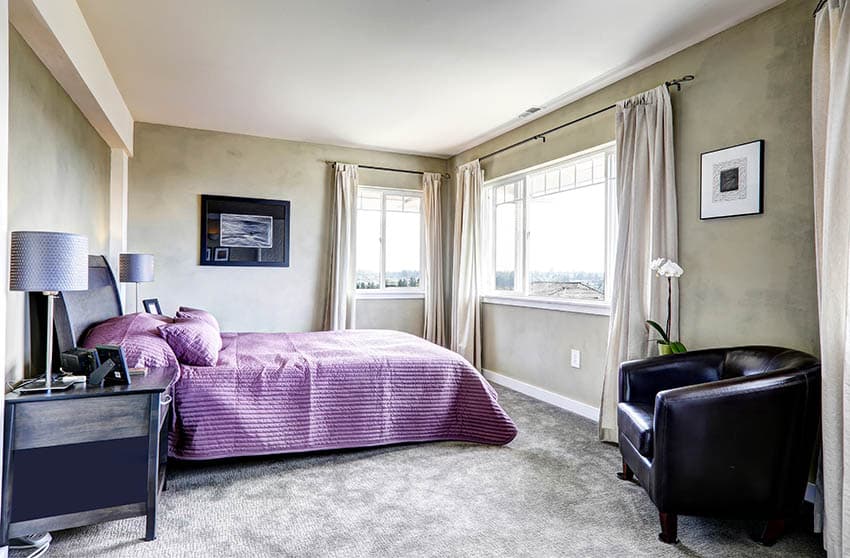
Carpet Prices For Nylon
Nationwide, wall-to-wall nylon carpeting can be sourced and installed for between two and four dollars per square foot.
For a typical 330 square foot living room, expect to pay $660 – $1320. If your living room has an odd shape, cut-outs, or tricky corners, the installation will take more time and use more carpet, increasing the cost.
There will also be more wastage — scraps of leftover carpet — although a qualified professional will do their best to use the carpet wisely.
Average Cost of Nylon Carpet
You can expect a high-quality nylon carpet to last between 12 and 15 years. A low-quality nylon carpet, on the other hand, may last as little as three years when exposed to heavy traffic.
You can often find lower priced nylon carpet for about $2.50 a square foot including installation, while higher quality nylon carpet will run about $3.50 per square foot with installation.
You can get the biggest bang for your buck by installing the highest quality nylon carpet you can afford in main living spaces, and a medium or lower quality nylon carpet in low-traffic areas like guest bedrooms.
Nylon Type 6 vs Nylon Type 6,6
Nylon fibers are used in everything from exercise clothing to tires — it’s not just for carpets. Two types of nylon have been developed, with slightly different molecular structures.
The biggest difference between them is their heat and flame resistance. They perform similarly when exposed to the kinds of temperatures your home might experience, with the difference coming into play at heats above 160 degrees Centigrade.
Nylon 6 is also shinier and more lustrous than nylon 6.6. Carpets of both types are equally suited to home use.

